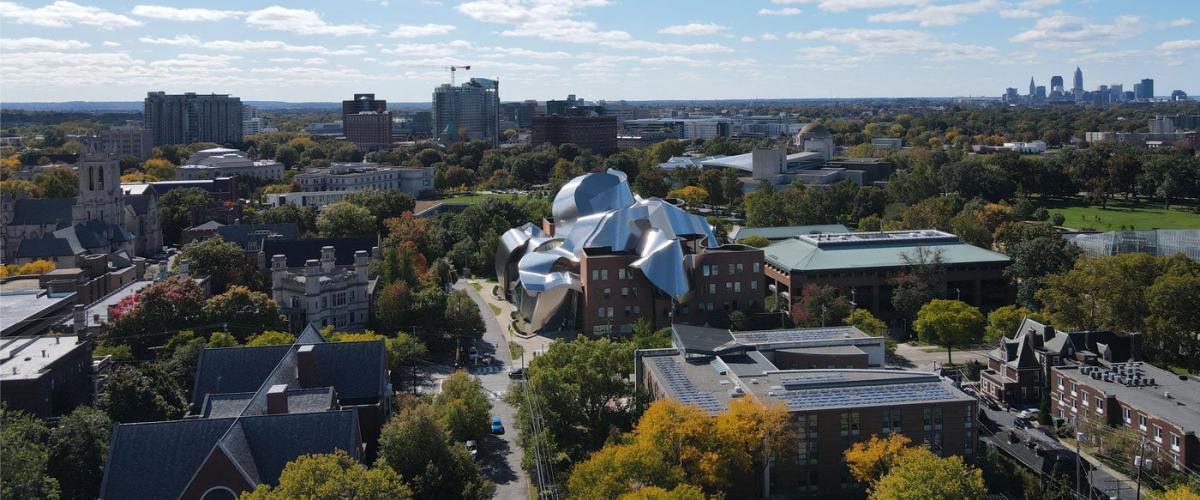CWRU researchers win NASA’s Beyond the Algorithm: Novel Computing Architectures for Flood Analysis Challenge
Case Western Reserve University’s Emerging Computing Technologies (ECT) Lab has been named one of three winners of NASA’s Beyond the Algorithm: Novel Computing Architectures for Flood Analysis Challenge.
Out of nine national finalists, the CWRU–University of Louisiana at Lafayette team—known as tML-ECT—was awarded a $100,000 prize for their groundbreaking approach to flood analysis.
Members of the team are:
- M. Hassan Najafi, associate professor at the Department of Electrical, Computer and Systems Engineering (ECSE);
- Mehran Moghadam, PhD student and research assistant at CWRU’s ECSE Department;
- Sercan Aygun, assistant professor at University of Louisiana at Lafayette; and,
- Abu Kaisar, PhD student at University of Louisiana at Lafayette.
Together, they developed a novel computing architecture that combines hyperdimensional computing (HDC) and quantum computing to transform the way floods are detected and analyzed from satellite data.
By uniting brain-inspired computing with quantum randomness, the tML-ECT team introduced a scalable, robust and hardware-friendly platform that could revolutionize disaster preparedness. Beyond flood detection, the architecture has the potential to impact other Earth observation missions—from wildfire monitoring to climate modeling.
“This award is a recognition of the power of unconventional computing to address urgent global challenges,” said Najafi. “Our idea shows how cross-disciplinary innovation can make space and Earth systems smarter, faster, and more resilient.”




